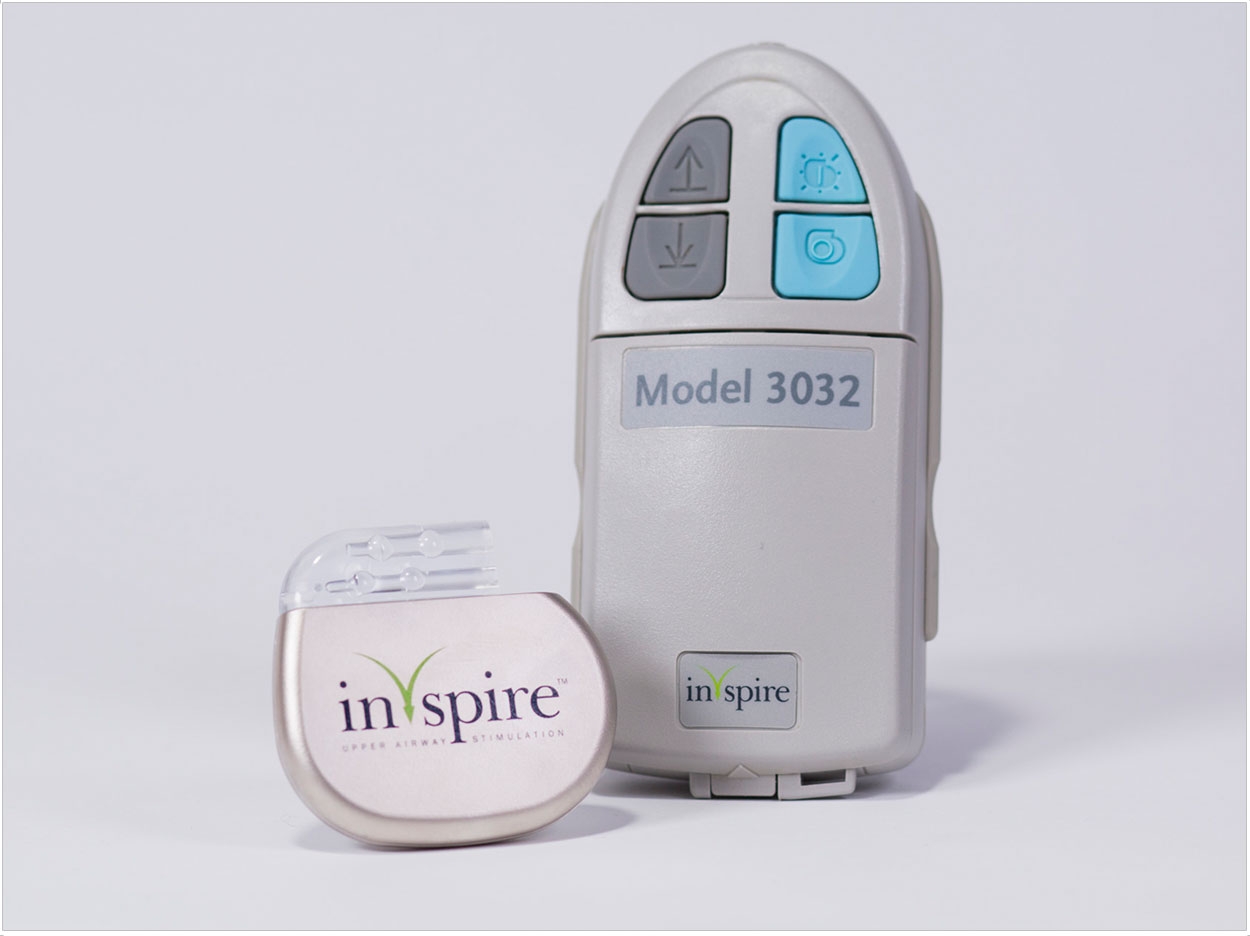
Patients with obstructive sleep apnea (OSA) typically are treated with continuous positive airway pressure (CPAP), which pushes positive pressure through the nasal airways to help users breathe while they sleep. Researchers at the Perelman School of Medicine at the University of Pennsylvania, though, have developed a device to assist patients with moderate to severe OSA who can’t tolerate CPAP.
“Considering that sleep apnea can lead to high blood pressure, heart attack, stroke, and other serious health problems, it is critically important that we study devices that may serve as another option instead of CPAP to treat patients with sleep apnea,” said Richard Schwab, MD, co-medical director of the Penn Sleep Center.
Using hypoglossal nerve stimulation (HGNS), the device is a pacemaker that’s implanted in the chest with a tiny generator and a sensing lead. Instead of using electrical pulses to control abnormal heart rates, though, it uses a pair of wires to stimulate the tongue.
Patients use a remote control to turn it on before going to sleep and turn it off upon waking up. A delay lets users fall asleep before the pulse generator begins stimulation. After detecting the user’s breathing pattern, the device stimulates the hypoglossal nerve, which controls tongue motion, to enlarge the upper airway.
Personnel at the University of Pennsylvania implanted 20 devices between January 2015 and March 2016. All of the patients had information from a baseline polysomnography (PSG) recording prior to the implant, as well as a post-PSG about 2 months after HGNS, to assess the severity of their apnea and any change after treatment. Patients typically were overweight and middle-aged with severe OSA.
The total apnea-hypopnea index (AHI), which measures the severity of sleep apnea by counting the number of pauses in breathing during sleep, for all patients significantly decreased an average of 35 events per hour after implantation, corresponding to an average reduction of 84%. Also, the lowest oxygen level measured in the blood during the night significantly increased from 79% to 90%.
In a previous trial, patients unable to tolerate CPAP who received the Inspire Upper Airway Stimulation device saw a 78% reduction in AHI and 80% fewer oxygen desaturation events, with results sustained 3 years after implantation. While this trial was conducted under controlled conditions, the recent study examined outcomes in post-approval clinical use of the device and showed the device is as successful in the general clinical population as it was in participants meeting previous clinical trial criteria.
“There is no perfect treatment option for OSA, but our preliminary data suggest that hypoglossal nerve stimulation can effectively treat patients with sleep apnea who are unable to tolerate CPAP,” said Schwab.
Related Articles
Sleep Apnea Linked to Negative Cardiovascular Outcomes
Large Tonsils and Tongue Indicate Apnea Risk
AADSM Promotes Obstructive Sleep Apnea Awareness












